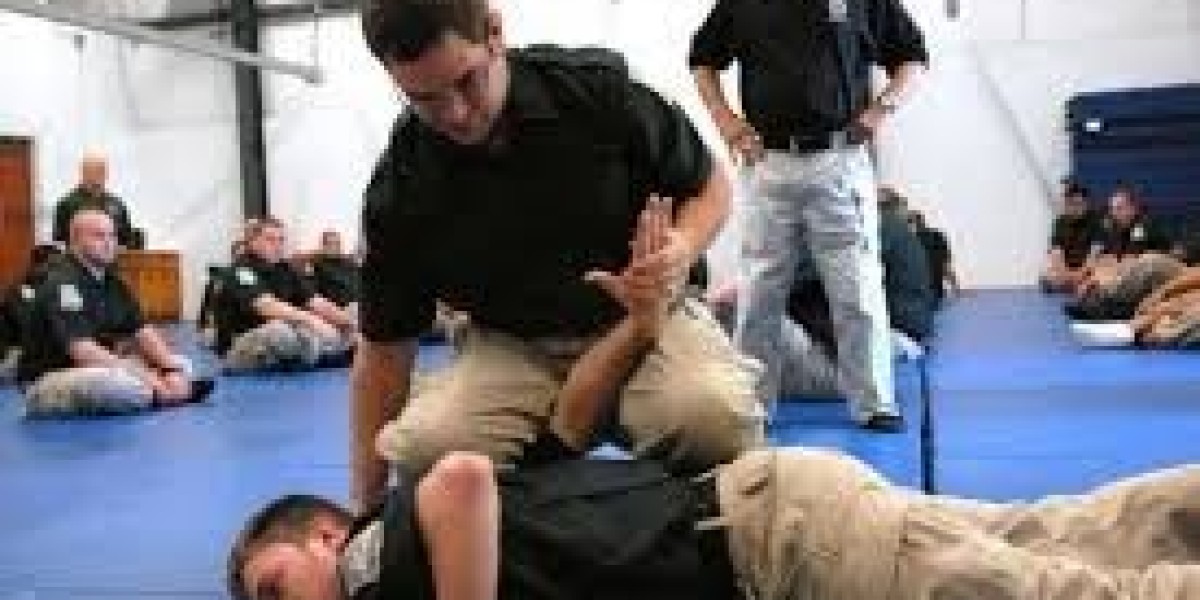In today's uncertain world, it is essential to equip ourselves with the necessary skills to protect ourselves and our loved ones. Whether you are walking alone at night or find yourself in a potentially dangerous situation, mastering defensive tactics can make all the difference. In this article, we will explore a variety of essential strategies for self-protection.
The Power of Awareness
Before we delve into the specific defensive tactics, it is crucial to emphasize the power of awareness. Being aware of your surroundings and potential threats is the first line of defense. By staying alert and observant, you can often detect potential dangers before they escalate.
Basic Self-Defense Techniques
- Strike Zones: Knowing the vulnerable areas of the body can be crucial in a self-defense situation. Targeting areas such as the eyes, nose, throat, and groin can help disable an attacker and give you the opportunity to escape.
- Escape Techniques: Learning effective escape techniques can help you get out of dangerous situations. Techniques such as wrist grabs, bear hugs, and chokeholds can be practiced to ensure quick and effective escapes.
- Verbal Assertiveness: Sometimes, a confident and assertive demeanor can deter potential attackers. Learning how to use your voice effectively, setting boundaries, and de-escalating conflicts verbally can be powerful tools in self-protection.
Advanced Defensive Strategies
- Krav Maga: Krav Maga is a self-defense system developed for the Israeli military. It combines techniques from various martial arts, focusing on real-world situations and rapid neutralization of threats. Learning Krav Maga can provide you with practical skills for self-protection.
- Pepper Spray and Personal Alarms: Carrying non-lethal self-defense tools like pepper spray or personal alarms can provide an added layer of protection. These tools can temporarily incapacitate an attacker or attract attention to the situation.
- Awareness of Legal Rights: Understanding your legal rights when it comes to self-defense is essential. Knowing when you can use force to protect yourself and what constitutes excessive force can help you navigate self-defense situations within the boundaries of the law.
Conclusion
Mastering Defensive Tactics is not about promoting violence, but rather about empowering individuals to protect themselves in dangerous situations. By being aware, prepared, and equipped with the right knowledge and skills, you can increase your chances of staying safe. Remember, self-protection is a journey, and continuous learning and practice are key to mastering defensive tactics.



